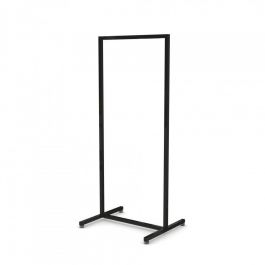

ISO 8559:1989, Garment construction and anthropometric surveys – Body dimensions (withdrawn, replaced by ISO 8559-1).ISO 7070:1982, Size designation of clothes - Hosiery.


#Rails clothing size chart full#
Horizontal torso measurements, which include the neck circumference, the shoulder width, the bustline measurements – over-bust circumference, the full bust circumference, the bust-point separation, and the under-bust (rib-cage) circumference – the natural waist circumference, the upper hip circumference and the lower hip circumference.Because of the drape and ease of the fabric, not all measurements are required to obtain a well-fitting apparel in most styles. Then garment makers noticed that the range of human body dimensions was relatively small (for their demographic). History of standard clothing sizes īefore the invention of clothing sizes in the early 1800s, all clothing was made to fit individuals by either tailors or makers of clothing in their homes. Some new standards for clothing sizes being developed are therefore based on body dimensions, such as the EN 13402 "Size designation of clothes". This results in country-specific and vendor-specific labels incurring additional costs, and can make internet or mail order difficult. Traditionally, clothes have been labelled using many different ad hoc size systems, which has resulted in varying sizing methods between different manufacturers made for different countries due to changing demographics and increasing rates of obesity, a phenomenon known as vanity sizing. (For example: Size 12, XL.) Children's clothes sizes are sometimes described by the age of the child, or, for infants, the weight.
#Rails clothing size chart code#
Ad hoc sizes: The label states a size number or code with no obvious relationship to any measurement.(For example: jeans label stating inner leg length of the jeans in centimetres or inches (not inner leg measurement of the intended wearer).) Product dimensions: The label states characteristic dimensions of the product.(For example: bike helmet label stating "head girth: 56–60 cm".) Body dimensions: The label states the range of body measurements for which the product was designed.Sizing systems vary based on the country and the type of garment, such as dresses, tops, skirts, and trousers. Examples of body measurements used for the sizing of clothesĬlothing sizes are the sizes with which garments sold off-the-shelf are labeled.


 0 kommentar(er)
0 kommentar(er)
